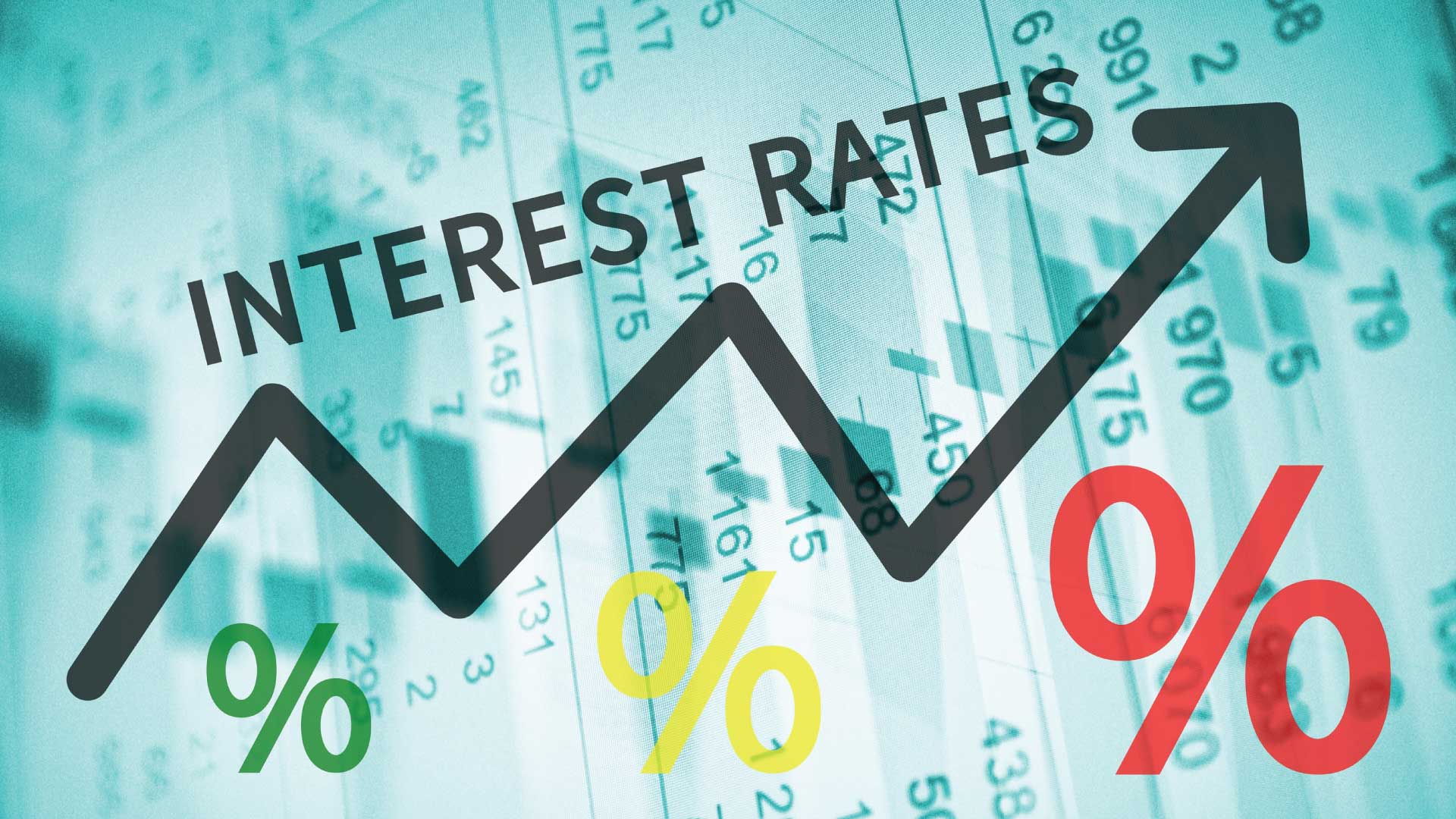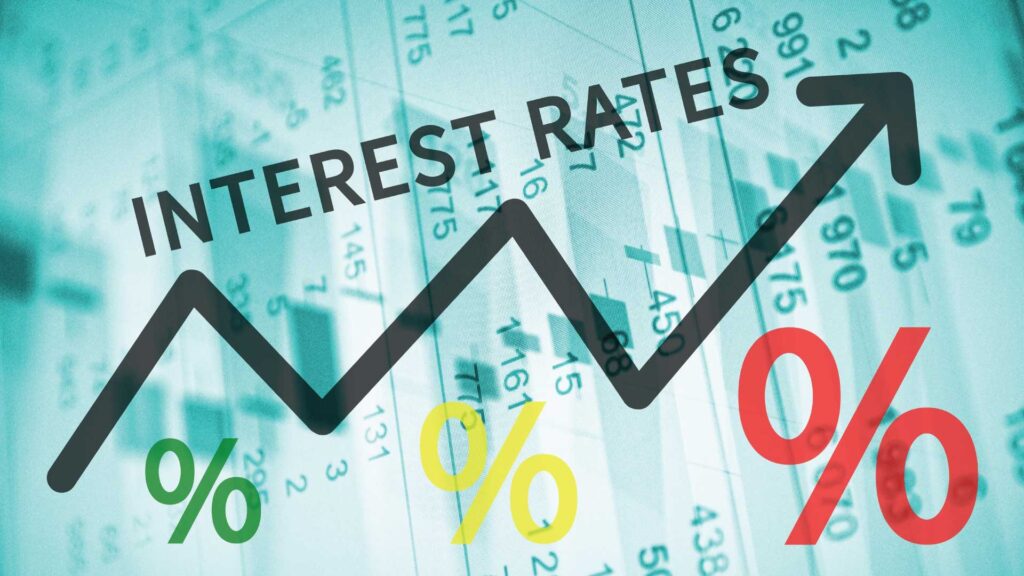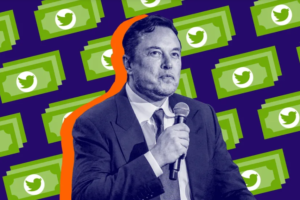
After 3 years of Covid related issues, the US economy is still facing a recession as the Federal Reserve has raised interest rates, leading to a slowdown in economic growth. The US Treasury Secretary, Janet Yellen, has expressed a guarded optimism that mentions positive changes in CPI reduction (the Consumer Price Index that measures how expensive goods are in the US), but still, she voiced her concerns about the current state of the economy and warned that the US could be heading for a recession.

How Did We Get Here?
When COVID lockdowns first took ahold in early 2020, the US economy was particularly vulnerable to the effects of an economic recession, with unemployment rising to its highest level since the Great Recession of 2008-2009 due to an inability to engage in normal economic activity.
In that moment, the US Federal Reserve responded by cutting interest rates to near-zero levels and launching quantitative easing programs to inject liquidity into the financial system. This enabled money to flow into the financial system from middle class and working class individuals who had less overhead and increasing government support to supplement their usual income. This led to a prolonged stock valuation that lasted all the way until the latter end of Fall 2022, with December and January proving to be difficult months.
High Interest Rates
The Federal Reserve’s decision to raise interest rates has had a profound impact on the economy, and it could be setting the stage for a recession. The Fed has raised rates four times since December 2015, with the most recent increase coming in June 2018. The goal of these rate hikes is to keep inflation in check and ensure that the economy is growing at a sustainable pace. But while this may be beneficial in the long run, it can also have negative consequences in the short term.
When interest rates are increased, borrowing costs go up for businesses and consumers alike. This makes it more expensive to buy homes, cars, and other big-ticket items, which can slow economic growth. Higher rates also make it more difficult for companies to borrow money for expansion or investment purposes, which can lead to job losses and reduced consumer spending. In addition, higher interest rates can lead to a decrease in stock prices as investors become wary of investing in riskier assets. This can further dampen economic growth as businesses struggle to access capital and consumers become less confident about their financial future.
Ultimately, if the Fed continues to raise rates too quickly or too aggressively, it could trigger a recession as businesses cut back on spending and consumers become more cautious with their money. While this may seem like an unlikely scenario right now, it’s important for policymakers to keep an eye on this situation and take steps to ensure that any rate hikes are done in a measured manner that won’t have an overly negative effect on the economy.







